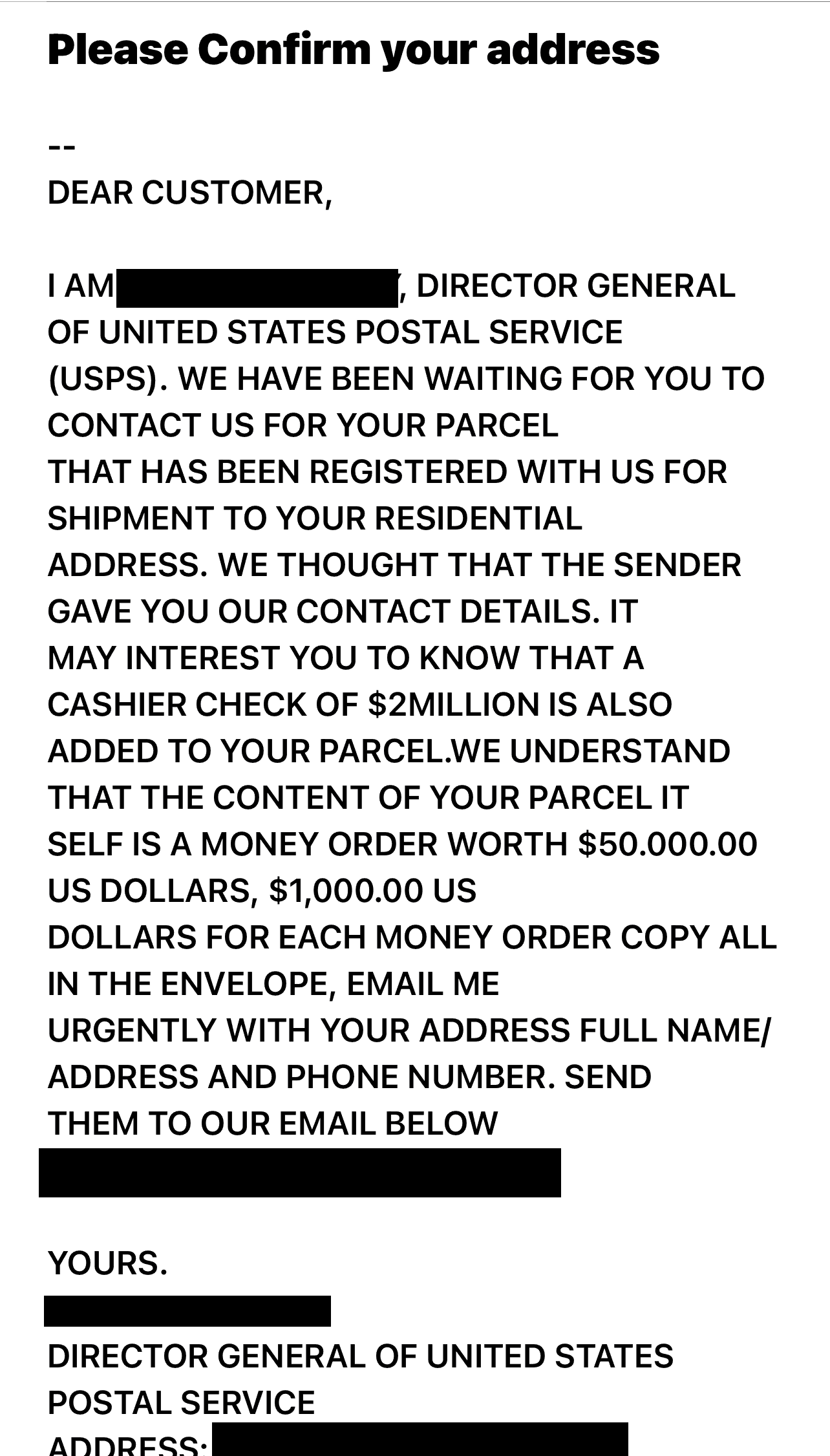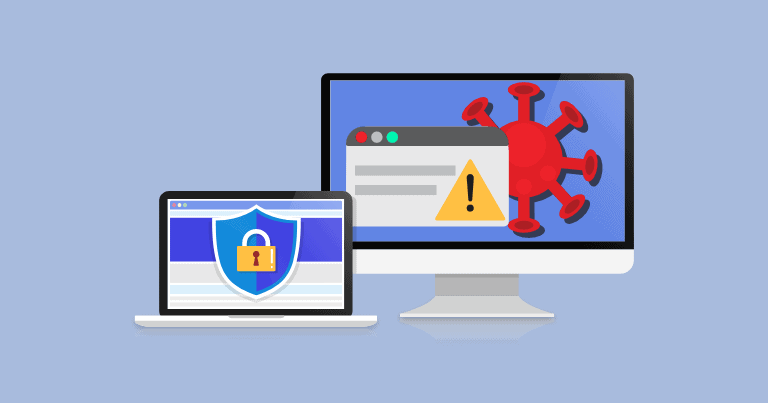Etsy has become a cherished marketplace for artisans, crafters, and vintage sellers to showcase their unique creations to a global audience.
With its charm and variety, Etsy is on a mission “to keep human connection at the heart of by capturing the personal traits of creativity and individuality. Let’s face it: Birthday gifts from Auntie Gladys could use a bit more creativity—although socks can, occasionally, be awesome.
As with any online platform, however, users will naturally ask questions about safety and security. The fun, the credit card transactions, the online wizardry, and the instant gratification all come with a price. With that in mind, we’re going to explore the safety measures in place on Etsy, providing insights and tips to ensure a secure shopping experience for both buyers and sellers.
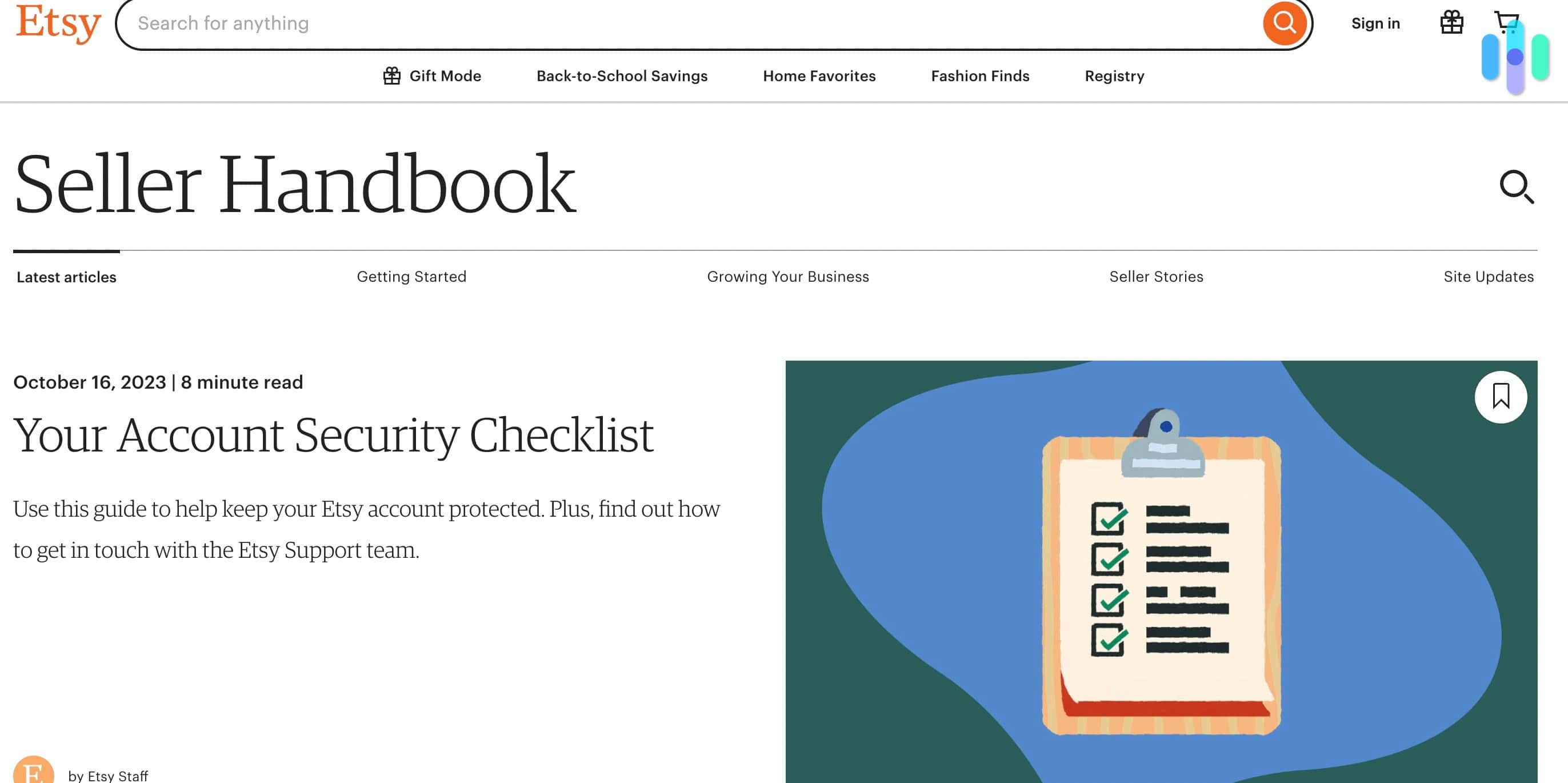
| Etsy Facts | |
|---|---|
| When was Etsy founded? | 2005 |
| Where is Etsy located? | Head office in Brooklyn, New York |
| Who owns Etsy? | Founders: Robert Kalin, Chris Maguire, Haim Schoppik, and Jared Tarbell |
| How many people use Etsy globally? | Over 96 million buyers and approximately 9 million sellers |
| Company revenue in 2023 | $2.7 billion USD |
Overview of Etsy’s Safety and Security Features
One key factor contributing to Etsy’s success is its commitment to ensuring its users’ safety and security. That commitment seems like a no-brainer, but we all know about websites that need to remember user experience when they go live.
>> Learn More: The Internet and Data Privacy
Let’s take a look at the features Etsy offers and the measures it has taken to create a relatively secure online environment.
Personal Identifiable Information
First and foremost, Etsy prioritizes the protection of its users’ personal identifiable information (PII) and financial information. The platform uses transport layer security (TLS) encryption technology to secure sensitive data, ensuring that transactions are safe and secure.
Pro Tip: Want to stay safer online? Consider using a virtual private network (VPN). VPNs obfuscate your internet traffic and encrypt your data, making it almost impossible for bad actors to see your sensitive information. Check out our list of the best VPNs for more information.
Etsy also offers various secure payment options, including major credit cards and PayPal. That gives buyers additional peace of mind by allowing them to choose their preferred payment platform.
Bug Reporting
Not only does Etsy encourage you to report any security bugs to the company, but they’ll also pay you for it through their Bug Bounty program. The only prerequisite to report a bug is that you need an Etsy account to track your correspondence with the company. As in all bug reporting, the more detail, the better. Etsy has provided a webpage full of helpful information, including an online bug-reporting page.
Seller Security
Etsy has stringent seller verification and accountability policies in place to verify sellers’ identities and maintain a standard of quality across listings. Sellers are required to provide accurate information about their products as part of the policies.
>> Learn More: Cybersecurity Tips and Statistics
Adhering to Etsy’s guidelines helps respectable sellers maintain a trustworthy reputation on the platform. To help with the requirement, Etsy has an entire page dedicated to its sellers, where questions are answered and helpful shop-management links are provided.
Buyer Support
Etsy also has a dedicated Trust and Safety team that monitors the marketplace for fraudulent activity, counterfeit goods, and other violations of its policies. Users can report suspicious behavior or listings, and Etsy takes prompt action to investigate and address any concerns.
The link itself is a text hyperlink that isn’t always obvious. Once found, however, you click the link and report the item or shop. The report will be sent directly to the Trust and Safety team, which will take any needed action.
Did You Know: TLS encryption technology has been in use since the late 1990s, when it replaced the now-defunct secure sockets layer (SSL) encryption. The term “SSL Certificate” is still seen everywhere online, which is technically wrong and, unfortunately, misleading.
Overall, Etsy’s safety and security features are designed to foster trust and confidence among buyers and sellers, creating a positive shopping experience for all users.
By prioritizing transparency, authentication, and protection of personal information, Etsy continues to uphold its reputation as a reliable and secure online marketplace. With that said, it’s incredibly important to remember that no online transaction can be considered 100 percent safe.
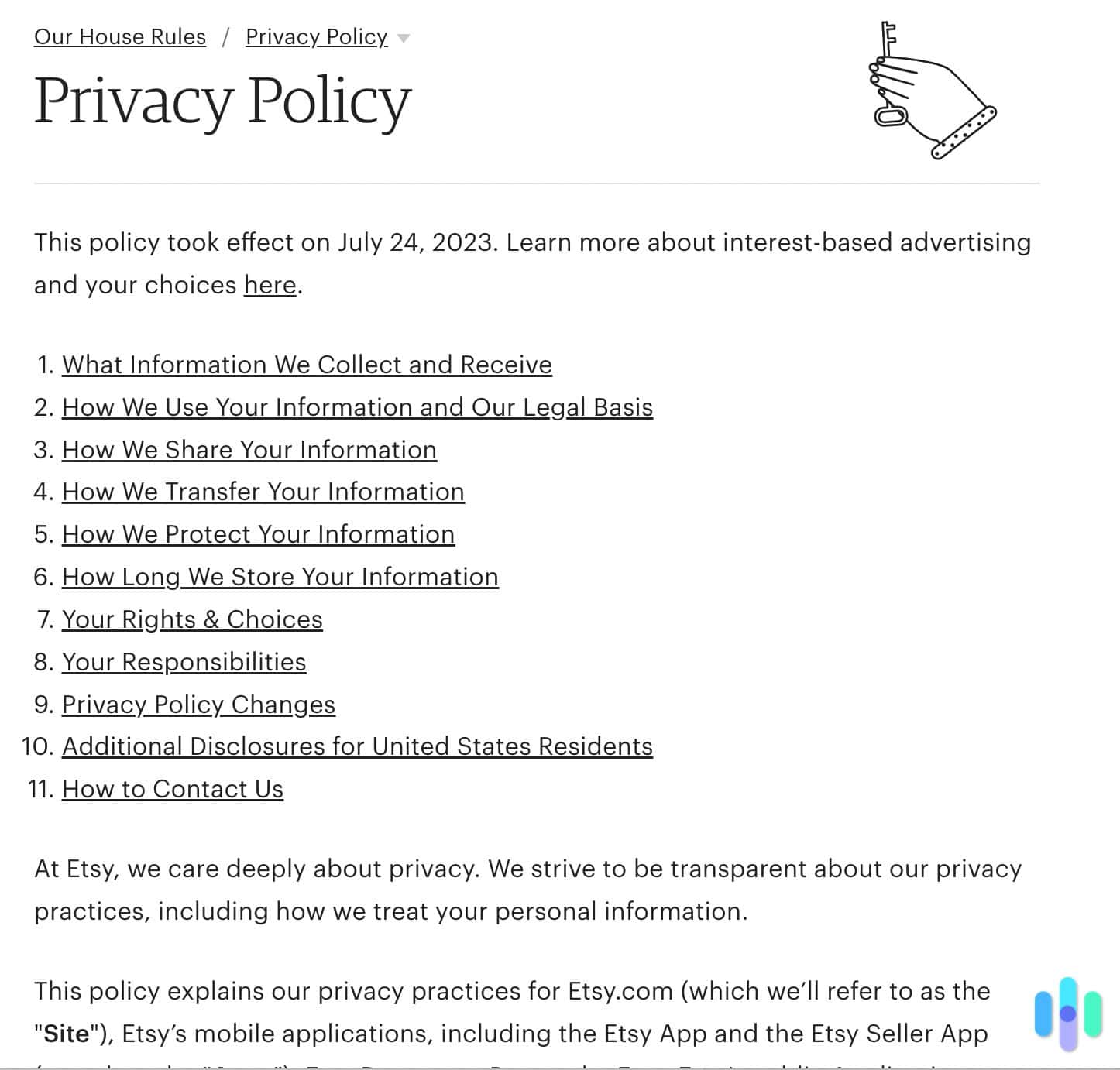
Tips for Buyers: Staying Safe
Etsy is obviously taking the proper precautions to keep buyer information secure, but buyers should still prioritize their online safety and security. Here are some known and not-so-known tips for getting the most out of your Etsy experience.
Research the Seller
Before making a purchase, take the time to research the seller’s history and reviews. Look for positive feedback and ratings from previous buyers to ensure a reliable transaction.
Review Your Credit Card Statement
If you notice any unfamiliar transactions on your statement, review the considerations provided by Etsy before contacting their specialists for help.
Purchase Protection Program
Etsy offers a refund program for any item that doesn’t arrive, arrives damaged, or doesn’t match the description on the Etsy shop.
Use Secure Payment Methods
Stick to secure payment options provided by Etsy, such as PayPal and credit cards. Avoid making payments through methods outside of Etsy that lack buyer protection. Venmo in particular has some scams associated with it. You can read more about that in our Venmo safety and security guide.
Read Product Descriptions Carefully
Pay close attention to product descriptions, including size, materials, and shipping details. If something seems too good to be true, it may be a red flag for a potential scam. Don’t be afraid to ask questions for clarification, and make sure you read up on how to prevent online scams.
Communicate With the Seller
If you have any questions or concerns about a product, don’t hesitate to contact the seller directly. Prompt (and polite) communication can help alleviate any uncertainties and build trust.
Check for Return Policies
Review the seller’s return policies before completing a purchase. Understanding the return process can save you from potential headaches if the product doesn’t meet your expectations.
Report Suspicious Emails
Forward any suspicious emails you receive claiming to be from Etsy to spoof@etsy.com.
Supplying Your Own Materials
If you have to supply materials for a custom order from an Etsy shop, you do so at your own risk. Etsy does not provide support for mislaid or misused materials.
>> Check Out: How to Remain Anonymous on the Internet
Staying safe online is a high priority for Etsy. Following the above tips means you can enjoy your shopping experience and help small businesses thrive in the online marketplace.
Tips for Sellers: Security and Trustworthiness
If you’re an Etsy seller, you likely know that providing security and trustworthiness to your customers is crucial for building a reputable and successful business. You may not realize that any effort you make turns into a two-way street of trust between you and your customers.
Maintain Clear Communication
Communication is critical in building trust with buyers. Respond promptly to inquiries, provide detailed product descriptions, and keep customers informed throughout the buying process.
Think Global
You’re not selling lemonade from a stand at the end of your driveway. Your shop can be viewed globally, and you may be dealing with people — good and bad — from around the world.
Honesty and Transparency
Be transparent about your products, including materials used, production processes, and shipping times. Honesty goes a long way toward building credibility and trust with buyers.
Secure Payment Methods
Use secure payment methods to protect yourself and your customers. PayPal and Etsy Payments are trusted options that offer secure transactions.
Protect Customer Data
Follow Etsy’s guidelines for handling personal information to safeguard customer data and privacy and ensure that all transactions are secure and encrypted.
High-Quality Products
Offer high-quality products that meet or exceed customer expectations. Providing accurate photos and descriptions in your shop can help build trust and minimize returns.
Customer Reviews and Feedback
Encourage customers to leave reviews and feedback after their purchases. Positive reviews can boost your credibility and attract more buyers.
Prompt Shipping and Delivery
Maintain a reliable shipping process to ensure that orders are delivered on time. Provide tracking information to keep customers informed about their purchases.
By following these tips, you can lead the way to a positive and safe shopping experience for buyers and foster long-term customer relationships. From our side of the lemonade stand, we’re pretty sure you’d agree that’s a win-win!
Did You Know: To complement its global marketplace, Etsy has additional offices in Chicago, Dublin, London, and Mexico City.
It’s a Wrap
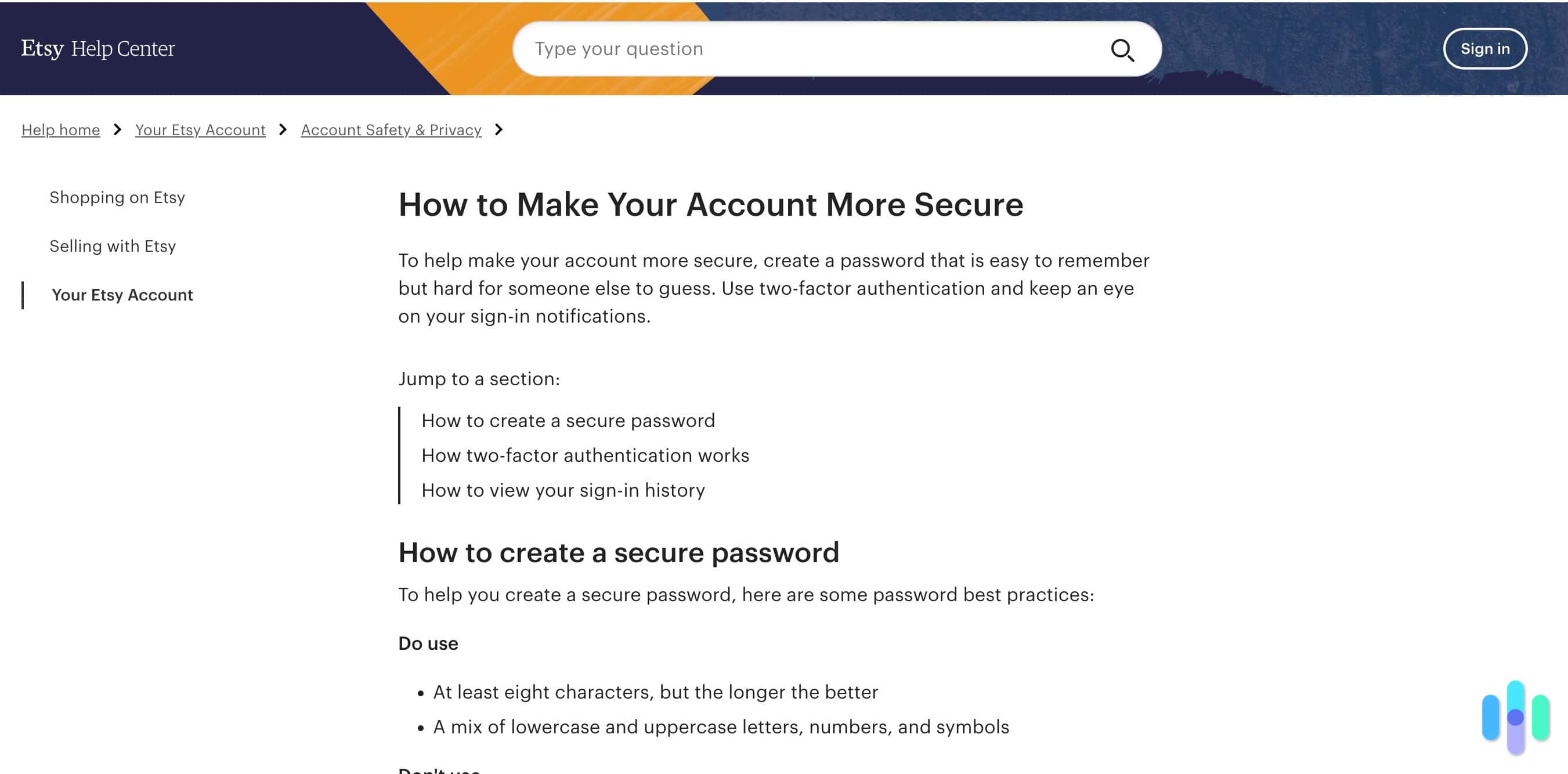
As we conclude our deep dive into Etsy’s safety and security, it’s evident that the platform prioritizes user safety.
Through various security measures, such as secure payment options, buyer and seller protection policies, and proactive listing monitoring, Etsy strives to create a safe online environment. Understanding that buyers and sellers engage in multiple transactions daily, Etsy realizes that security, safety, and trust are paramount.
On the downside, no online marketplace is entirely immune to risks. Etsy has had its share of trouble with individual seller accounts being hacked, which leads to confusion, lost earnings, and bad press. The leaks are also a leading cause of identity theft, which costs consumers billions of dollars annually.
Pro Tip: Want to make sure your personally identifiable information doesn’t fall into the wrong hands? Read up on how to protect yourself from fraud and then invest in a top identity theft monitoring service. Trust us, the peace of mind is worth it.
As part of its security precautions, Etsy promotes safety steps that are by now ingrained in our DNA for online security:
- Review your password regularly.
- If you change your password, keep it complex.
- Do not share your password.
- Do not use the same password for multiple Etsy accounts.
Based on our considerable online security experience, Etsy’s commitment to enhancing safety measures and fostering trust among its community members is commendable. By staying informed about best practices for safe online shopping and selling, users can further safeguard themselves while enjoying Etsy’s unique offerings.
Remember to “err on the side of caution.”
Exercise caution when buying or selling.
Rely on the secure communication channels provided.
Report any suspicious activity.
You’ll be helping to maintain a safe, secure, and trustworthy online marketplace environment for all.
Happy Etsy-ing!





